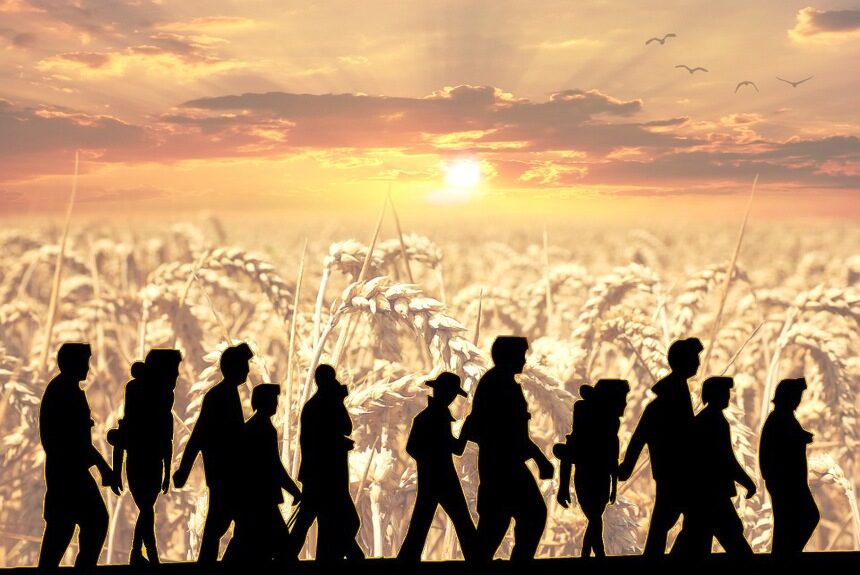The ongoing war in Ukraine, the impacts of Covid-19, the bad weather that hit exporting countries like China and India, and the rising energy prices have a lot to do with the looming food catastrophe.
Data from the UN World Food Programme (WFP) shows that at the beginning of 2022, the number of poor people whose lives and livelihoods are at risk rose from 108M to 193 million, a near doubling of “acute food insecurity” in some parts of the world (A world grain, 2022).
The Economist article says that even before the invasion of Ukraine by Russia, two of the world’s top importers of wheat and grains, the World Food Programme had warned that 2022 would be a terrible year.
The article reveals more about what is happening:
- China, the largest wheat producer, delayed sowing wheat last year due to heavy rains and expected a bad crop.
- La Niña brought moderate to severe droughts to America’s grain belt.
- The same weather phenomena caused the worst droughts in East Africa, leaving tens of millions in the Horn of Africa close to famine. Europe has also experienced a drier spring which concerned their farmers. This year, India faces extreme temperatures, and the lack of rain threatens to reduce its harvest.
- The ongoing crises have increased wheat’s price and slashed a significant portion of the global supply of wheat and grain, impacting countries that depend on it.
- Russia and Ukraine are the world’s first and fifth largest exporters of wheat, accounting for 28% of the world’s market. Both countries export grains like maize, barley, and seeds.
According to the Economist article, “A world grain shortage puts tens of millions at risk,” more than 115 million people depend on the World Food Program, which gets 50% of wheat from Ukraine. The current crisis could drive 47 million more people into acute food insecurity.
It explains further:
- Global warming is making droughts, aridity, and extreme weather common, affecting huge food producers and importers worldwide and weakening the global food systems than they used to be.
- No country is spared from this combined crisis, and even in prosperous economies, people can still go hungry.
- Sadly, the most vulnerable are always the poor, who spend a considerable chunk of their income on food. Compared to developed economies which spend a fifth of their income on food, developing ones devote a quarter of their budget to food. In sub-Saharan Africa, it can even go up to 40%.
What are the possible solutions? The Economist’s article mentions that solutions to improve things include:
- Cutting financial incentives for biofuels, given that internal combustion engines have to do, could free a lot of area for food production.
- Another thing is to limit the number of cattle, which could lower methane emissions – a potent GHG gas at trapping heat in the atmosphere.
- And lastly, and perhaps the most challenging solution, is to end Russia’s blockade of Odesa, which will allow Ukraine to export wheat and grain to countries that depend on it.
The Economist warns that the world may increasingly see the worst possible worlds in which extreme weather and conflict combine.
To read more about the projected food crisis, click the source links below:
The coming food catastrophe. (2022, May 19). The Economist. Retrieved from https://www.economist.com/leaders/2022/05/19/the-coming-food-catastrophe
A word grain shortage puts tens of millions at risk. (2022, May 19). The Economist. Retrieved from https://www.economist.com/briefing/2022/05/19/a-world-grain-shortage-puts-tens-of-millions-at-risk



Leave a Reply